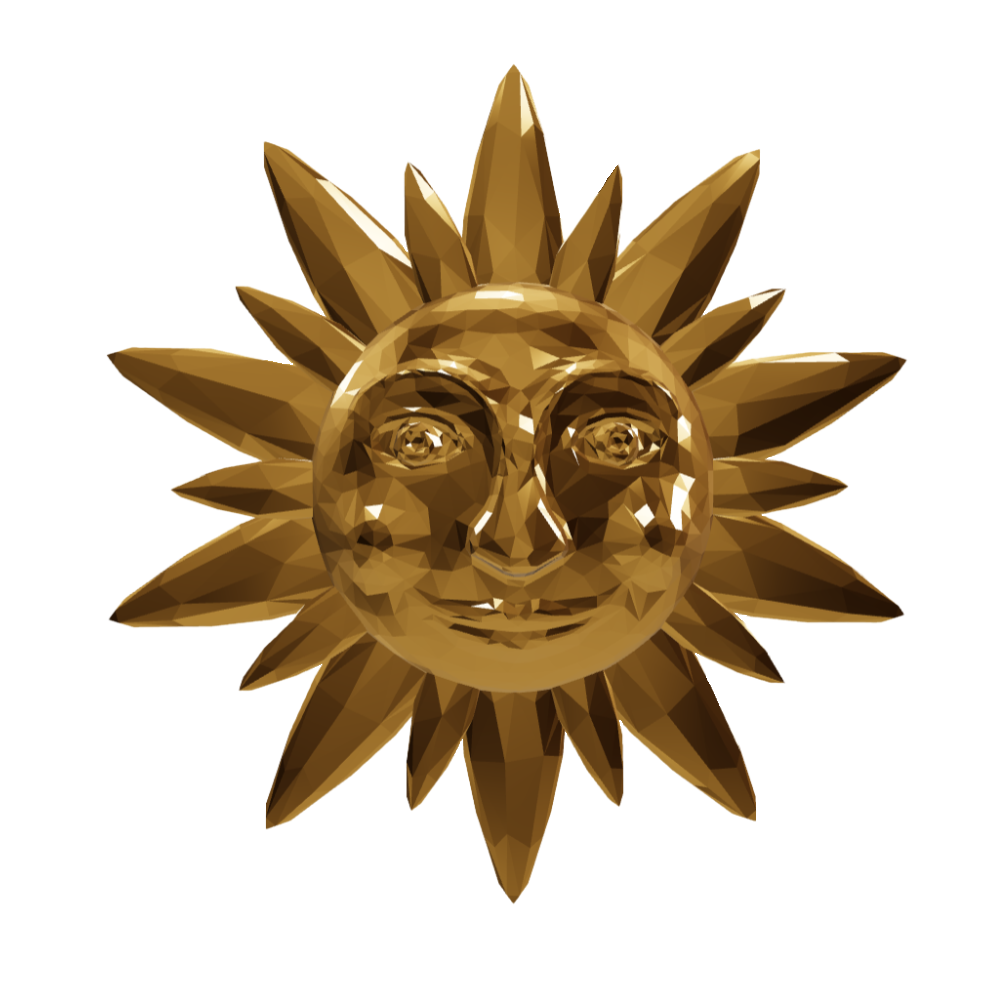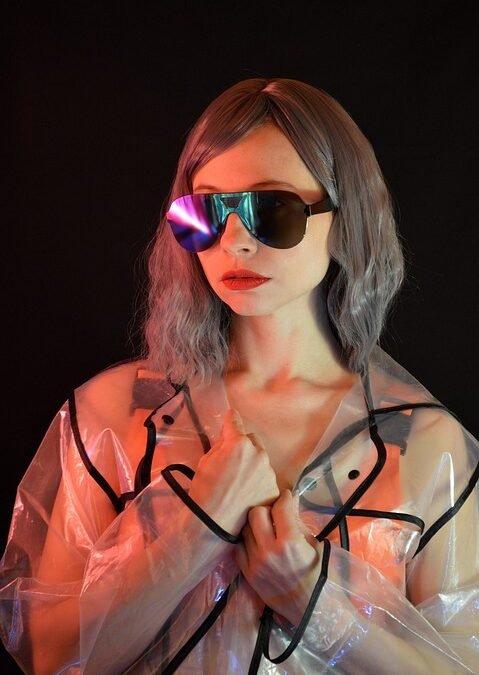Over the past few years, the art world has been undergoing a major transformation thanks to the rise of Non-Fungible Tokens (NFTs). These digital assets have opened up new possibilities for artists, collectors, and investors alike, and are shaking up traditional notions of what it means to own and collect art.
What are NFTs?
NFTs are unique digital tokens that represent ownership of a specific digital asset, such as a piece of art, a video clip, or a tweet. Unlike cryptocurrencies like Bitcoin or Ethereum, which are fungible and can be exchanged for one another, NFTs are non-fungible, meaning each one is unique and cannot be replicated or exchanged for another NFT of the same value.
How do NFT auctions work?
NFT auctions are conducted on online platforms that specialize in selling digital assets. Artists create a digital artwork or asset and mint it as an NFT, which is then put up for auction on the platform. Collectors and investors can bid on the NFT, with the highest bidder winning ownership of the digital asset.
Why are NFT auctions shaking up the art world?
NFT auctions are revolutionizing the art world in several ways. Firstly, they are democratizing access to art by allowing artists to sell their work directly to collectors without the need for galleries or auction houses. This has opened up new opportunities for emerging artists to showcase their work and build a following.
Secondly, NFT auctions are challenging traditional notions of ownership and provenance in the art world. Because NFTs are recorded on the blockchain, ownership of a digital asset can be verified and traced back to the original creator, providing a level of transparency and security that is often lacking in traditional art markets.
Finally, NFT auctions are creating new revenue streams for artists and collectors. By selling their work as NFTs, artists can earn royalties every time their digital asset is sold or traded, providing them with a passive income stream that was previously unavailable in the traditional art market.
The future of collecting
As NFT auctions continue to gain popularity, the future of collecting is likely to be increasingly digital. Collectors will be able to own and trade digital assets from anywhere in the world, without the need for physical storage or transportation of artwork. This opens up new possibilities for collecting rare and unique pieces that were previously out of reach.
Additionally, NFT auctions are blurring the lines between art, technology, and finance, creating a new ecosystem where artists, collectors, and investors can interact and collaborate in innovative ways. This convergence of art and technology is likely to drive further innovation in the art world, leading to new forms of creativity and expression.
FAQs
What kind of digital assets can be sold as NFTs?
Almost any digital asset can be sold as an NFT, including artwork, music, videos, tweets, and even virtual real estate. The only requirement is that the asset is unique and can be tokenized on the blockchain.
How can I participate in NFT auctions?
To participate in NFT auctions, you will need to create an account on an NFT marketplace or platform that specializes in selling digital assets. From there, you can browse available NFTs, place bids, and purchase digital assets using cryptocurrency.
Are NFTs a good investment?
Like any investment, the value of NFTs can fluctuate and there is no guarantee of a return. However, some collectors and investors view NFTs as a potential investment opportunity, especially for rare and unique digital assets that have the potential to appreciate in value over time.
How can I mint my own NFTs?
To mint your own NFTs, you will need to use a platform that supports NFT creation, such as Opensea or Rarible. From there, you can upload your digital asset, set a price, and mint it as an NFT on the blockchain. Once minted, your NFT will be available for sale on the platform.

